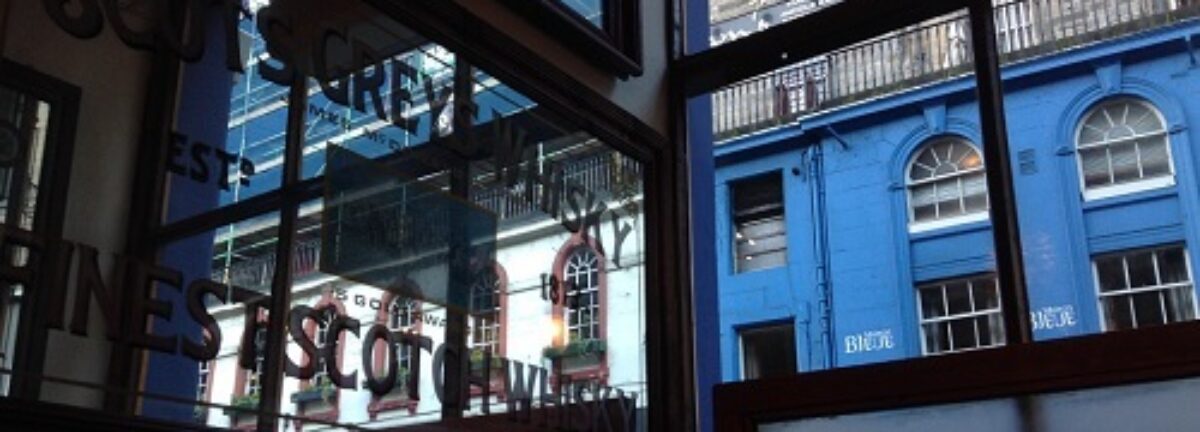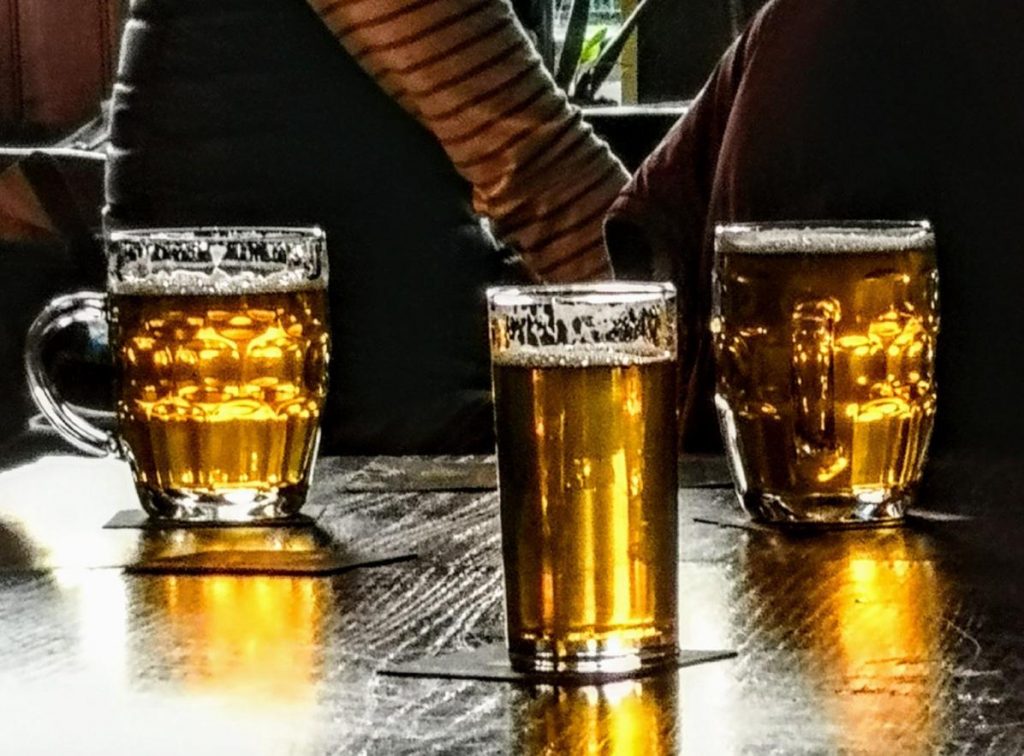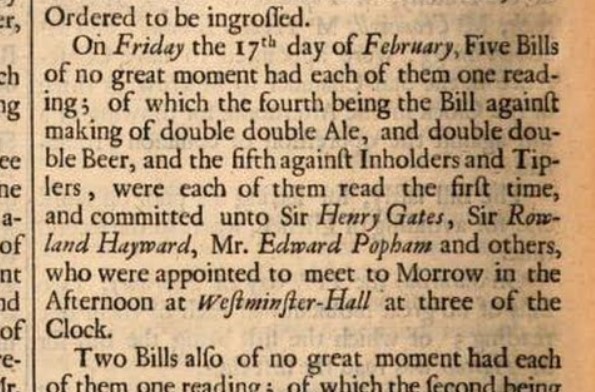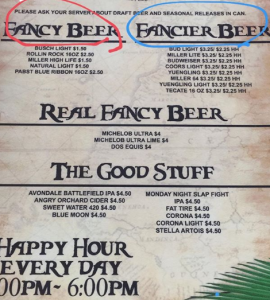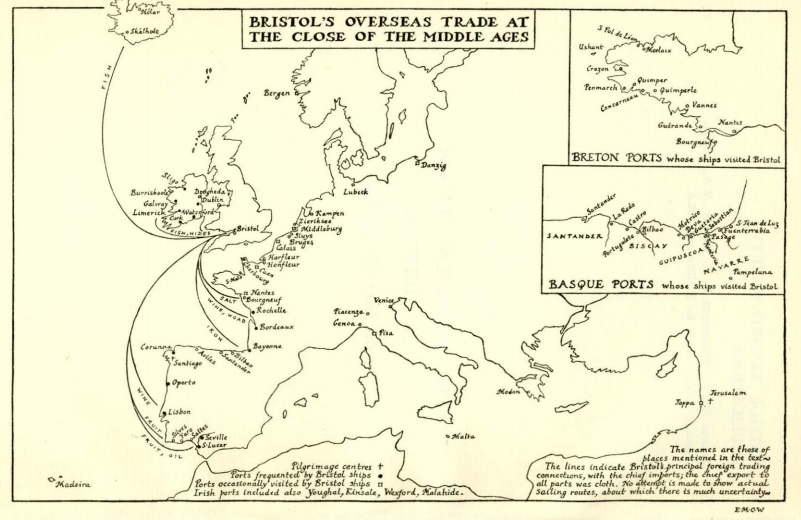Ah, the middle of the year. The exact middle of the year. I love when the planet is at this angle. Heat but not too much heat. Sorta the end of one of the tops stretches in the year. The next step will be the stinking hot and the death of the lawns and then the long goodbye, the decline. Enjoy this week.
First up, cheery Ed wrote a lovely piece on visiting the Spaten brewery. Lots of photos. And an interesting observation at the end:
For those that care about the distinction between the bourgeoisie and the petite bourgeoisie this brewery was definitely not craft, but at no time did I think the people working there were any less passionate about brewing as any other brewers we met.
Passion. Rhymes with fashion. And mash tun. Speaking of which, super-Lars-man wrote a lovely string of tweets on his weekend experiment in baking a mash of malt like some old school Baltic bad boy brewer with real action photos:
Huh. Three hours in the oven at 250C, last 45 minutes with the hot-air fan on to blow out moisture, and the center temperature remained stubbornly stuck at 100C the entire time. I burned the surface black, so must have been hotter than in Lithuania.
Wow! Reading Lars’ tweets about baking malt, kveik and other things is a bit like reading a James Joyce novel – set in Dublin but are about the human existence. The malt is like all of Joyce’s people of Dublin and the yeast is like Death but Death as played in that black and white movie with the chess board. Am I right? Right.
Eric Asimov must have been thinking of something similar when he wrote about the role of wine critics in The New York Times:
I believe that the most valuable thing wine writers can do is to help consumers develop confidence enough to think for themselves. This can best be achieved by helping consumers gain enough knowledge to make their own buying decisions without the crutch of the bottle review… reviewers often try to eliminate context by paring away these outside elements. All that is left, and all that is judged, the thinking goes, is what’s in the glass. Is that a good thing? I’m not convinced. Usually, wines are scored in mass tastings where very little time can be devoted to each bottle. The critics taste, spit so as to diminish the effects of alcohol, evaluate, maybe taste and spit once more, and move on to the next glass.
I quote than in length for two reasons. First, to bulk up the word count. Second, to ask you to consider if we can consider the role of the beer critic in the same way. For some time, it has struck me that one of the keys to being able to claim the title of “beer critic” or “beer expert” is to know less than me.* Granted, I know a lot but, let’s be honest, I don’t throw it around. That, however, is not the point. Point: why are wine critics, beer critics and Eric Asimov all so different?
Boak and Bailey wrote about recent thoughts on the place of Wetherspoons in English pub culture:
They seem tatty, the quality of the offer declining, presumably as they struggle to retain the all important bargain prices as the cost of products go up. But every now and then we’re reminded why they’re so popular: as truly public spaces, ordinary pubs and working class cafés disappear, Spoons fills the gap.
I loved the story and the eavesdropping but I also asked myself whether there was a reversal of cause and effect. Could Spoons be filling because their presence causes ordinary pubs and working class cafés to disappear? Think Walmart.
I can’t think of anything drearier than going to Venice to drink Belgian beer. Well, maybe drinking DIPAs in Venice. You think Charles and Sebastian in Brideshead Revisited were drinking frikkin’ Belgian beers in Venice? Not a chance. Checking what the critics said first? Nope. By the way, if I say I am Charles, the Beer Nut insists he is Sebastian. Happens every time.
The big news in beer law this week was the courthouse shocker when in Cardiff, Wales our pals at BrewDog lost a discrimination case:
District Judge Phillips said: ‘In my judgment, it is clear that in this case the claimant has been directly discriminated against by the defendant because of his sex. ‘The fact that by identifying as female he was still able to purchase a Pink IPA makes no difference. ‘I accept what Dr Bower says, namely that identifying as female was the only way he could purchase a Pink IPA at a cost of £4.’ Judge Phillips awarded Dr Bower £1,000 in damages after saying he would have felt ‘humiliated’.
Responses have been many but oddly the focus has been on the successful plaintiff. Nail spitting angery responses. My pal and co-author-in-law Robin, in an excellent broader piece on the matter, wrote “Firstly, I’d argue that Bower was operating under extremely bad faith” saying his motive for the court case was that his male privilege had been addressed in an unsuitable way. I can’t agree as, in part, once the ruling is in motive is immaterial. My pal Dr. J. explored the ideas and she wrote:
Perhaps I should sue for the “humiliation” of feeling forced to identify as male every time an organization uses male pronouns to supposedly refer to everyone…
It is interesting that the case was framed as discrimination and one of the fabulous aspects of discrimination law is that is protects the deeply unpopular. I am interested also that it was a male-led** brewery sued by a male plaintiff*** for sexism who was awarded the outcome by a well considered male judge.**** It’s all so weird. Yet it does remind us to seek the nugget of truth in the deeply unpopular point of view. Perhaps using sexism as a means to sell beer under the cloak of someone else’s human rights is so clumsy a strategy that this sort of ancillary wrong isn’t so much offensive as a hallmark.
There. Haven’t I said enough? I’ve likely said too much. Don’t forget to check out Boak and Bailey on Saturday and Stan on Monday… seems he’s back. It’s good that he’s back. He likes to write about stuff that I don’t like to write about. That’s what makes him so likeable. Them, too – la même.
*Truly unrelated to the comment but still… seriously, you think you need professional input on making your own Radler? Make your own damn Radler. Experiment and figure out what works. Next someone is going to tell you how to make a Red Eye and then charge you for the “advice”! And don’t deny the existence of the bad. Looks silly and, if you think about it, is a bit of a resignation note.
**Both males who met at law school,no?
***Apparently some sort of PhD.
****District Judge Marshall Phillips, president of the Association of Her Majesty’s District Judges. He sits at the Cardiff Civil and Family Justice Centre, where he is also the regional costs judge.
